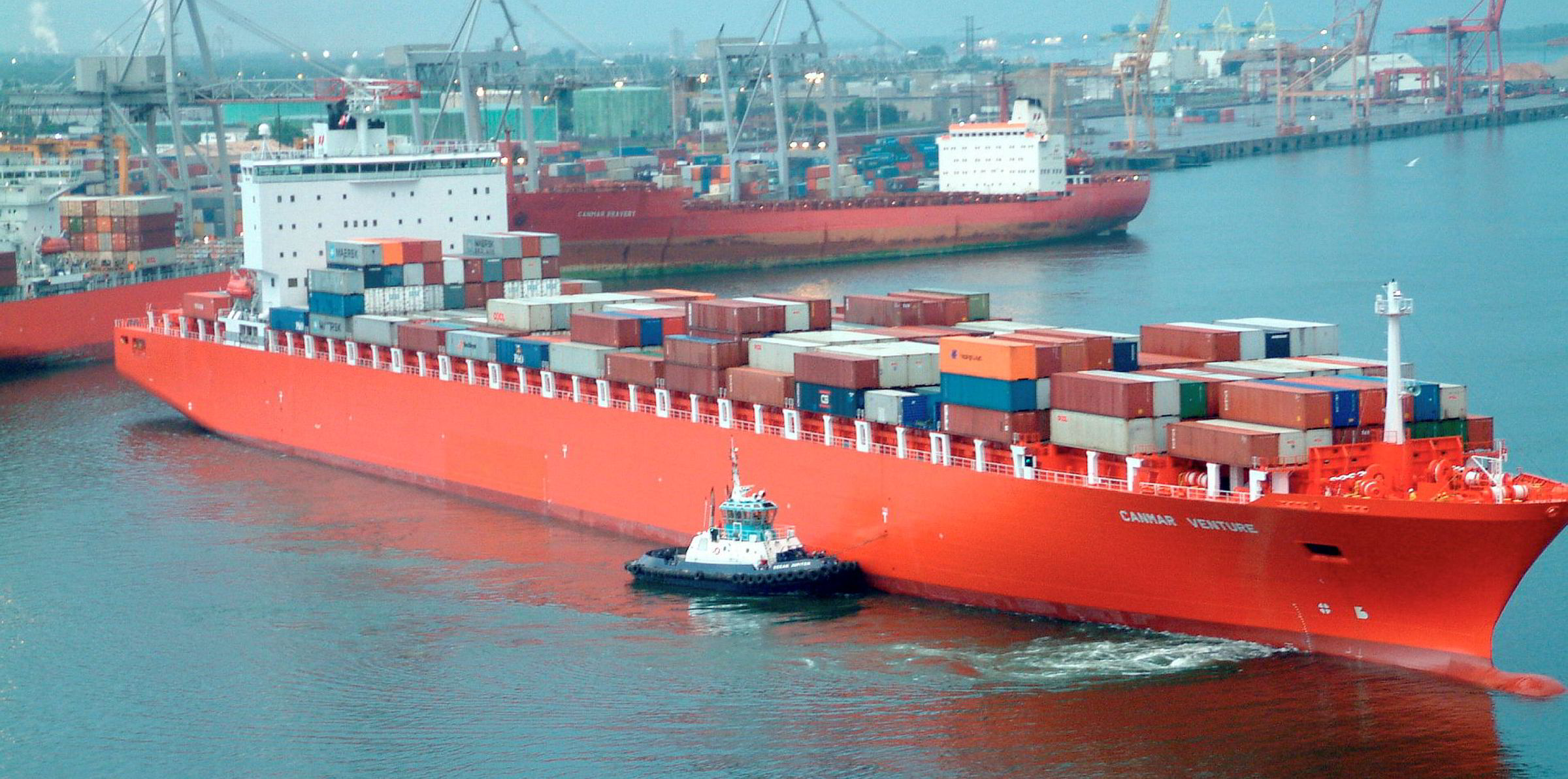The Ocean Alliance and Hyundai Merchant Marine (HMM) are back-pedalling in the transatlantic and withdrawing operations on the trades.
The Ocean Alliance will suspend one of its three transatlantic services that was to have used five classic panamaxes, whereas HMM is withdrawing completely from the trade, where it operates with partners through a single slot charter agreement.
The moves come despite signs of a continued growth in volumes, amid concern over the impact of low freight rates on the eastbound trade, analysts said.
The Ocean Alliance members are expected to make the last sailing of their North Europe-US East Coast TAT4 service this month, just two months after it was introduced, Alphaliner said.
Market conditions have driven HMM to concentrate its efforts to service its customers in other core trades
The service had been expected to deploy five vessels of between 4,200 teu and 5,000 teu. Three were to have come from Ocean Alliance member CMA CGM, with Evergreen Line and Orient Overseas Container Line providing one ship each. Only three ships have been deployed and these will be withdrawn from the service this month, according to Alphaliner.
HMM has exited the transatlantic trades in order to focus on more core activities. It was only a small transatlantic player, taking slots amounting to 700 teu on two services operated by Maersk Line and Mediterranean Shipping Co.
The South Korean carrier said “market conditions have driven HMM to concentrate its efforts to service its customers in other core trades’’.
The final westbound sailings will be offered in the last week of June. As the same vessels will also carry the last HMM containers from the US to North Europe, the eastbound service will be terminated in July, said Alphaliner.
The retrenchments come despite growing transatlantic cargo volumes, particularly out of the Mediterranean.
Volumes have been strong over the past 12 months, with the trade between North Europe and the East Coast of the US growing by 8% in the 12 months to February.
The situation has been helped by the reluctance of lines to deploy larger vessels on the trade.
“Thankfully this trade is not seen as a dumping ground for excess tonnage,” ClipperMaritime Horizons said in its monthly review, adding that few service upgrades involve vessels of 8,000 teu.
Some lines, including Hapag-Lloyd, focus on smaller vessels to ensure less time is spent in port and shippers are offered fast transit times.
Analysts raise concerns that weaker freight rates on the backhaul trade from the US to Europe might make some of the trades unattractive for operators, but that has not prevented some operators from expanding on niche routes.
On 2 July, Maersk Line will launch a five-vessel weekly service between the Mediterranean and Canada. The company forecasts growth of 7% in container volumes to Canada.




